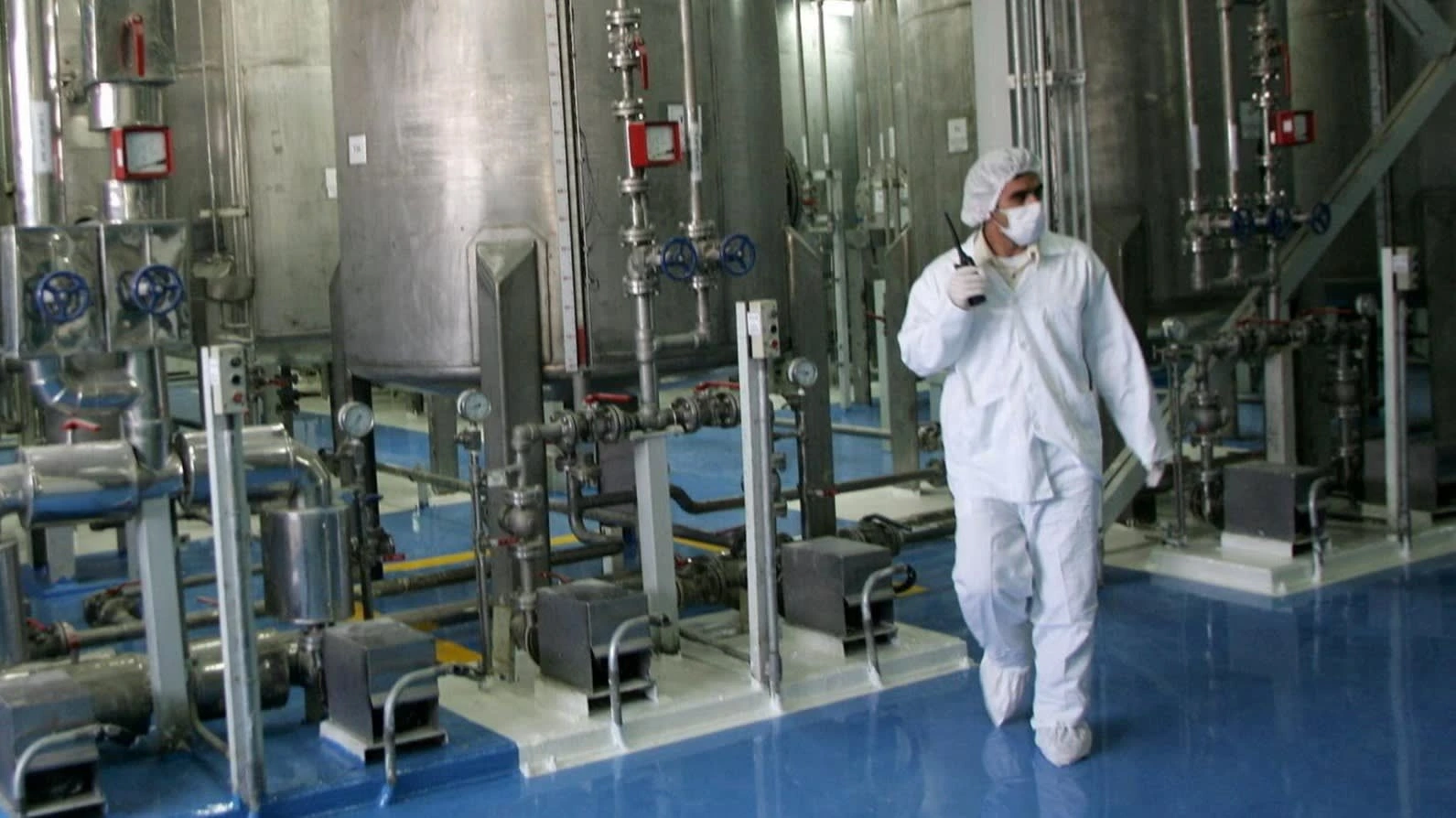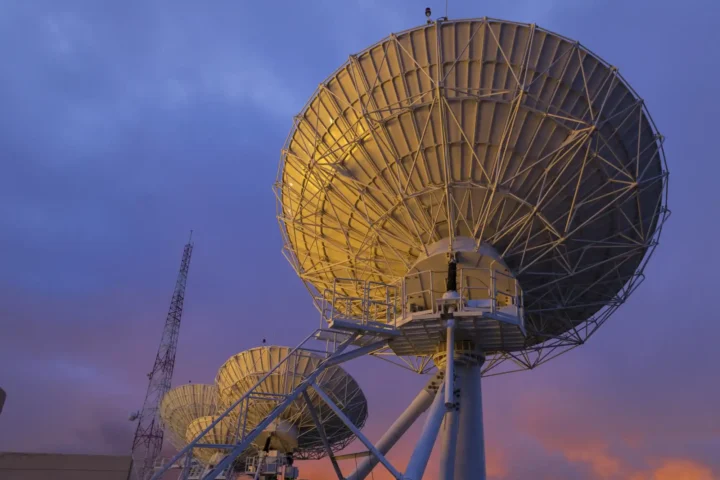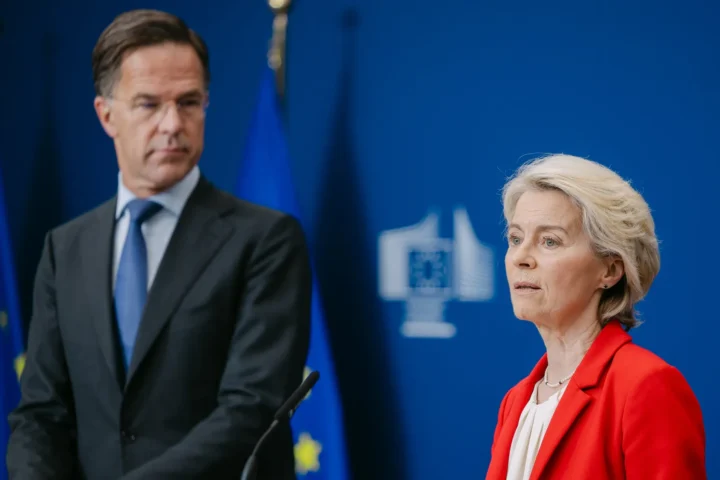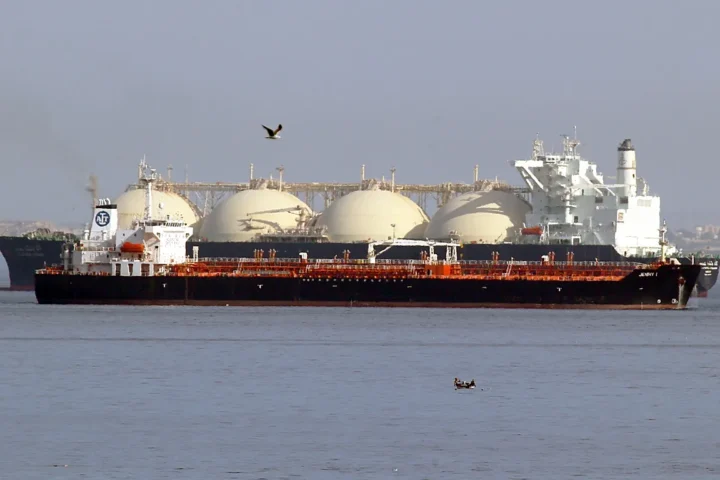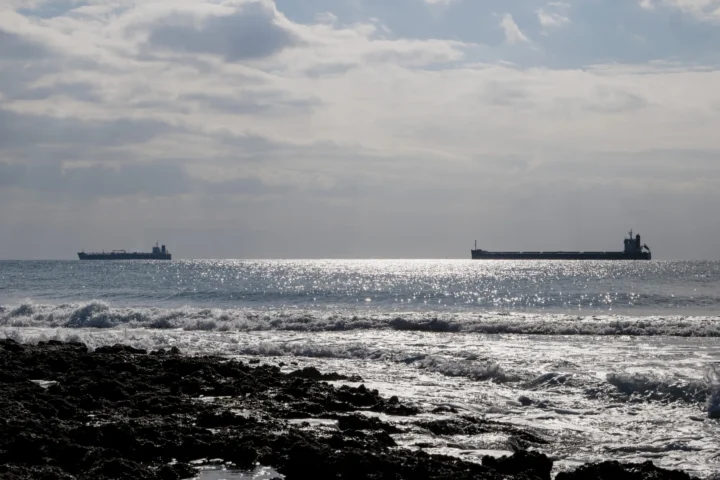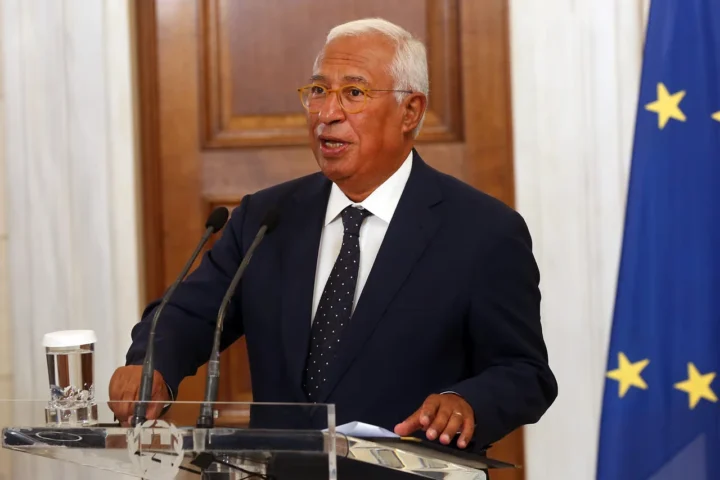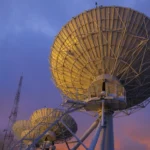The fate of Iran’s nuclear programme — and the repeated efforts by the United States and Israel to eliminate it — now hinges on one pressing question: where is the over 400kg of uranium enriched to near-weapons grade?
After massive airstrikes by American stealth bombers on key Iranian nuclear sites, President Donald Trump declared that “the main nuclear enrichment facilities have been completely and totally obliterated.” The United States used 30,000lb bunker-busting bombs to target the Natanz and Fordow facilities. A third major site — Isfahan, used for both fuel cycle operations and storage — was struck by Tomahawk cruise missiles launched from a submarine.
Yet, as The Financial Times notes, the critical issue remains unresolved: were Iran’s real nuclear capabilities destroyed, or did Tehran manage to relocate its uranium stockpile to hidden, hard-to-detect sites?
Where Is the Uranium?
At the center of this mystery lies Iran’s 408kg of uranium enriched to 60% — a dangerously high threshold that is only one technological step away from the 90% enrichment needed for nuclear weapons.
According to Richard Nephew, a former U.S. official who worked on Iran policy under Presidents Obama and Biden:
“It comes down to the material and where it is. Based on what we’ve seen so far, we don’t know where it is. And we have no real confidence that we’re going to get it anytime soon.”
He added:
“You’d be foolish to say the programme’s been delayed by more than a few months.”
U.S. Secretary of State Marco Rubio told CBS that “no one will know for sure for days” whether Iran was able to move the highly enriched uranium.
“I doubt they moved it, because you really can’t move anything right now. The moment a truck starts driving, the Israelis spot it, target it, and take it out.”
However, a source inside Iran’s ruling establishment claimed:
“It would have been very naive to keep our enriched uranium at those sites. The material is untouched.”
He reiterated Tehran’s longstanding position that its nuclear programme is peaceful and civilian. Still, as the conflict with Israel escalates, other Iranian officials have hinted at a potential shift in nuclear doctrine.
Into the Shadows
Analysts fear that Tehran, under the cover of war, may have already transferred its enriched uranium to covert facilities equipped with advanced centrifuges — giving the regime the ability to produce weapons-grade material within days.
Nephew warned:
“The unknowns are killing us. If they had a uranium conversion line already set up, and if they managed to enrich to 90% at Fordow before the strike — and had eight or nine days — that could be enough for two bombs.”
Iran, like India, Pakistan and North Korea before it, has the technical know-how and experience to operate under international pressure and still advance a clandestine weapons programme.
What’s Known About the Stockpile?
According to The Financial Times, prior to the attacks, the enriched uranium was stored:
- at Natanz in central Iran;
- at Fordow — a fortified site deep inside a mountain near the holy city of Qom;
- and in tunnels at the Isfahan facility.
Once cooled, the enriched uranium is stored as powder in large cylinders resembling water heaters.
The 60% enriched uranium — part of a larger stockpile of over 8,400kg, most of which is low-enriched — gives Tehran the technical capacity to quickly produce enough fissile material for multiple nuclear weapons, if it chooses to do so. However, experts estimate that the actual weaponization process could take months, or even up to a year.
Israel’s Operation: A Setback or Just a Disruption?
Israel struck the Natanz site at the beginning of its campaign, then targeted it again. The Isfahan facility was also hit twice. However, Israel lacked the military capacity to penetrate Fordow and waited for U.S. intervention to deal a heavier blow.
Sima Shine, a former Mossad official specializing in Iran, stated:
“I’m convinced they moved the enriched material. They have enough somewhere, and they’ve taken some advanced centrifuges with them to be able to move toward a nuclear device one day. The programme is not completely destroyed, no matter what the Americans say.”
What Comes Next?
According to The Financial Times, the future of Iran’s nuclear efforts now depends not only on bombs and intelligence but also on political decisions. One Israeli official suggested that if the U.S. and Iran return to negotiations over a civilian nuclear energy programme, Prime Minister Netanyahu might demand that Tehran hand over all highly enriched uranium to be stored outside the country.
Another official acknowledged that Iran may indeed have smuggled out at least part of the enriched stockpile. However, they noted that after Israel’s assassination of at least 11 Iranian nuclear scientists last week, Tehran may struggle to develop an “efficient, miniaturized nuclear weapon.”
Oversight in Crisis
Until recently, the International Atomic Energy Agency (IAEA) was inspecting facilities in Fordow, Natanz, and other declared sites. But Israel’s airstrikes brought those inspections to a halt.
Even before the attacks, Iran had severely restricted the IAEA’s access to newly developed advanced centrifuges — built after President Trump withdrew from the 2015 nuclear deal, which had limited Tehran’s nuclear activities. In the days leading up to Israel’s campaign, Iran also revealed the existence of a third, previously undeclared enrichment facility.
Iran’s Message: This Is Not the End
Ali Shamkhani, a senior adviser to Iran’s Supreme Leader, wrote on X (formerly Twitter):
“Even if nuclear sites are destroyed, the game isn’t over. Enriched materials, indigenous knowledge, and political will remain.”
Ali Vaez, an Iran expert at the Crisis Group, summarized the new reality:
“It’s certainly the end of the Iranian nuclear programme as we knew it. If the programme survives, it’ll either become a clandestine weapons programme or, in case of a deal, a neutered civilian programme without access to nuclear fuel cycle technology.”
This article was prepared based on materials published by The Financial Times. The author does not claim authorship of the original text but presents their interpretation of the content for informational purposes.
The original article can be found at the following link: The Financial Times.
All rights to the original text belong to The Financial Times.


